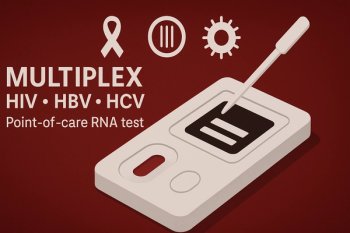
The Never-Ending Story of Endoscope Exposures
How 8 years of poor disinfection exposed a darker side of Air Force medical practices.
Despite several deaths and increased attention to the reprocessing of endoscopes, it seems that outbreaks involving the medical devices are becoming a new norm. Last week the Air Force reported that
Although this exposure is different than the infamous outbreak of carbapenem-resistant Enterobacteriaceae (CRE) at University of California, Los Angeles (UCLA) Medical Center, it highlights the consistent disinfection issues associated with endoscopic equipment and procedures. The
This is particularly concerning on several levels—first, given all the attention that was placed on duodenoscope reprocessing, healthcare facilities have ramped up disinfection monitoring methods for all flexible endoscopes to ensure compliance and avoid adverse events. Was this increased scrutiny not present at the Al Udeid clinic?
Second, how did such poor disinfection practices go unnoticed for 8 years? Validating employee competencies is crucial and should always be ongoing practice. A medical culture that fails to identify these practices or turns a blind eye is extremely concerning. Upon these findings, they should have been doing a substantial deep-dive into all other disinfecting and sterilization practices. (According to the Air Force, they have taken preventive measures at the clinic following the finding, including issuing a patient-safety alert, reviewing procedures, and stopping the associated procedures with the endoscopes.)
Third, how was this violation found? Given the length of time these poor practices persisted, perhaps a shift to a culture of Just-In-Time practices is needed, which highlights drawing attention to near misses as a learning, rather than punitive, tactic.
Lastly, as I mentioned before, it is concerning that this 8-year exposure is not related to a defective or intricate product that caused issues despite proper practices, but rather this was due to poor practices and a complacent approach to monitoring and validation.
The exposure of 135 Air Force men and women to blood-borne pathogens because poor disinfecting practices were done over the course of 8 years could have easily been prevented. Although Veterans Affairs and other veteran healthcare facilities employ infection preventionists, I wonder if military clinics in foreign bases are receiving the same kind of surveying and attention to infection control practices. The exposures at Al Udeid should act as a stark reminder to us about the importance of disinfection; and, that despite the nuances of the procedures, they are vital to patient safety. Validation of competencies and safe practices is easily overlooked during a time of increased pressure on healthcare workers and financial struggles; however, this is one avenue that we must maintain vigilance.
Newsletter
Stay ahead of emerging infectious disease threats with expert insights and breaking research. Subscribe now to get updates delivered straight to your inbox.















































































































































































































































































































